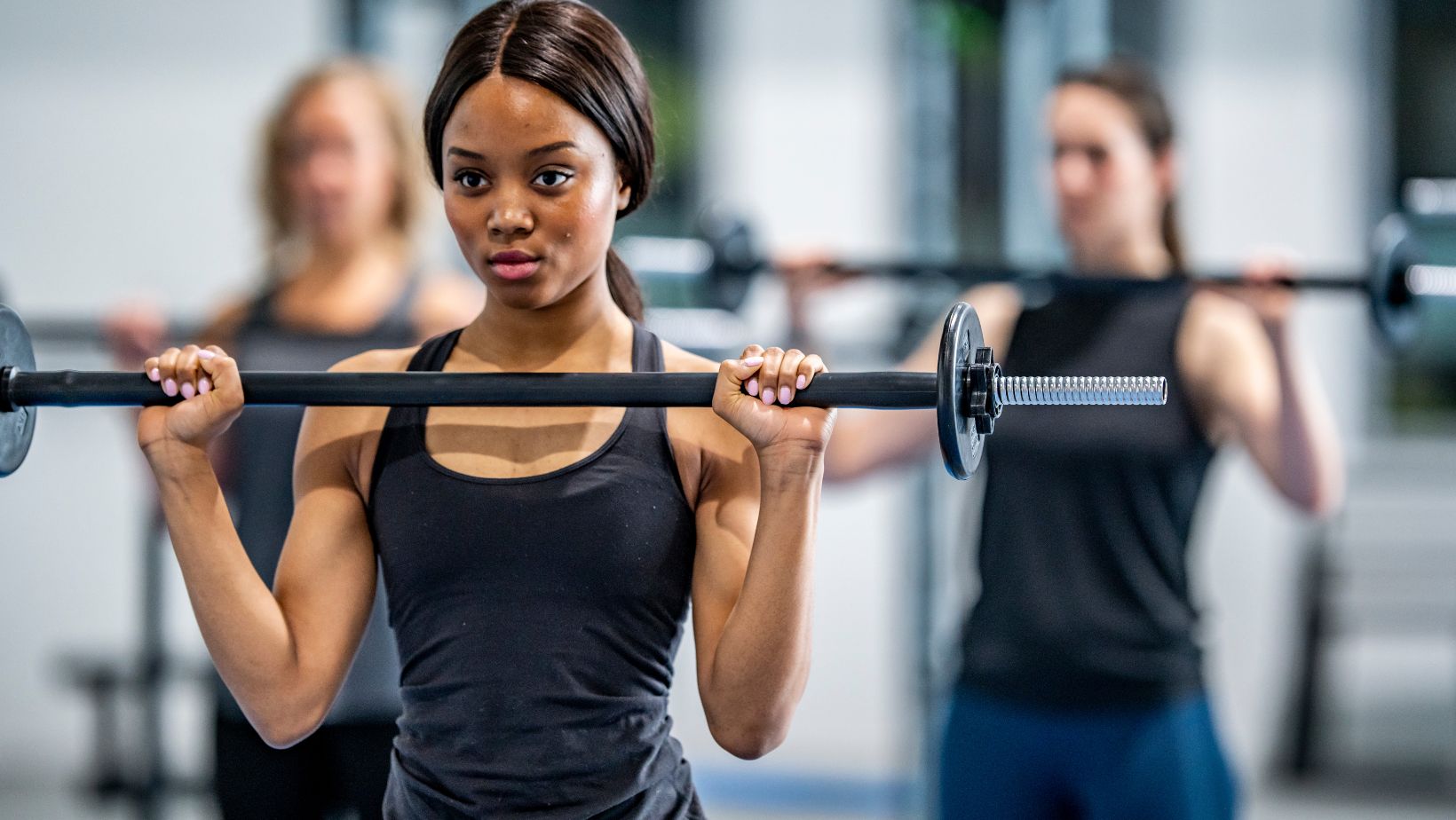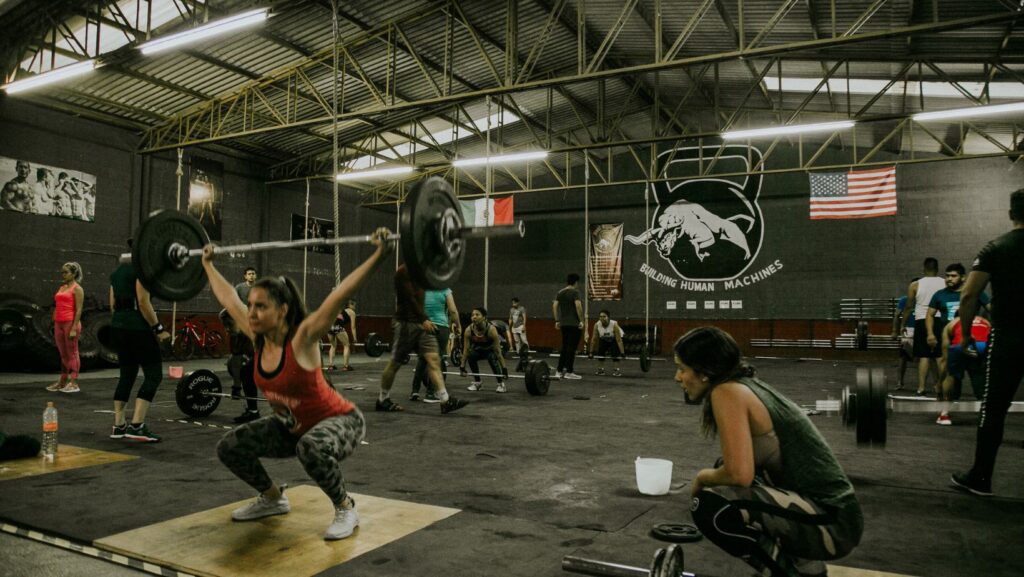Strength Training Triathlon
Strength training isn’t just about lifting heavy weights; it’s about building the right muscles to support swimming, cycling, and running. By focusing on targeted exercises, athletes can develop the power and stbility needed to tackle each leg of the race with confidence.
For those aiming to shave off precious seconds or simply finish stronger, understanding the role of Strength Training In Triathlon preparation is crucial. It’s not just about endurance; it’s about building a well-rounded athletic foundation.
Strength Training In Triathlon focuses on enhancing muscle power and endurance while complementing the primary training disciplines. By building specific muscle groups, athletes target improvements in swimming, cycling, and running performance.
Swimming: Upper body muscle conditioning improves stroke power and efficiency. Exercises like pull-ups and core strengthening develop muscle groups used in water.
Cycling: Lower body strength training increases pedaling efficiency and power production. Squats and leg presses enhance major muscle groups, boosting overall bicycle performance.
Running: Core and leg muscles need fortification to maintain posture and stride efficiency. Lunges and planks support running biomechanics by promoting stability and reducing fatigue.
Integrating these exercises into a routine requires consistency and recovery planning. By focusing on these key muscle groups, triathletes experience improved performance across all race components.
Benefits Of Strength Training In Triathlon
Strength training is pivotal in enhancing a triathlete’s overall performance, decreasing injury occurrences, and bolstering endurance. Incorporating strength exercises into a triathlon regimen creates robust athletes capable of excelling across all three race disciplines.
Strength workouts contribute to increased power and speed during each leg of a triathlon. Exercises like deadlifts amplify lower body strength, improving cycling stroke efficiency. Pushups enhance swimming performance by building upper body power, accelerating arm movement through water. By increasing muscle mass and activation, strength training promotes quicker transitions and sustained speed throughout the race.
Building muscle strength aids in stabilizing the joints and improving flexibility, leading to fewer injuries during intense training and racing. Exercises focusing on the core and stabilizing muscles, like planks and lunges, fortify vulnerable areas such as the hips and knees. This reinforcement ensures joints absorb impacts and endure repetitive motions without overstress, reducing common triathlon injuries like IT band syndrome and runner’s knee.
Incorporating strength exercises boosts muscular endurance, allowing triathletes to maintain peak performance over extended periods. Strengthening exercises like squats and bridges aid in developing resistance to fatigue during long races by enhancing muscle fiber efficiency. As muscular endurance increases, the body’s capacity to withstand prolonged physical exertion improves, ultimately leading to a more effective and sustained effort throughout the triathlon.
Key Strength Exercises For Triathletes
Incorporating targeted strength exercises helps triathletes build the necessary muscle groups for swimming, cycling, and running. By focusing on specific workouts, triathletes can enhance their athletic performance and reduce the risk of injuries. Upper body strength is essential for efficient swimming. Pull-ups and push-ups effectively build arm and shoulder muscles, improving stroke power. Dumbbell rows enhance back strength, fostering better posture and a more controlled swim technique.
Strong legs propel both cycling and running. Squats and lunges develop quad and hamstring power, increasing pedaling efficiency and running endurance. Leg presses build explosive strength, crucial for hill climbs and sprint finishes. A stable core aids balance and injury prevention. Planks and Russian twists enhance core endurance and stability. Medicine ball slams and wood chops engage the entire core, translating to improved control and endurance across all triathlon segments.
Strength training is a crucial element in triathlon preparation that shouldn’t be overlooked. By integrating targeted strength workouts, triathletes can enhance their performance across swimming, cycling, and running. This approach not only boosts power and efficiency but also reduces the risk of injury and promotes overall endurance. A well-rounded strength training program tailored to individual needs ensures balanced muscle development and supports the rigorous demands of triathlon racing. By avoiding common mistakes and focusing on a structured regimen, athletes can achieve peak performance and finish their races stronger and more efficiently.

